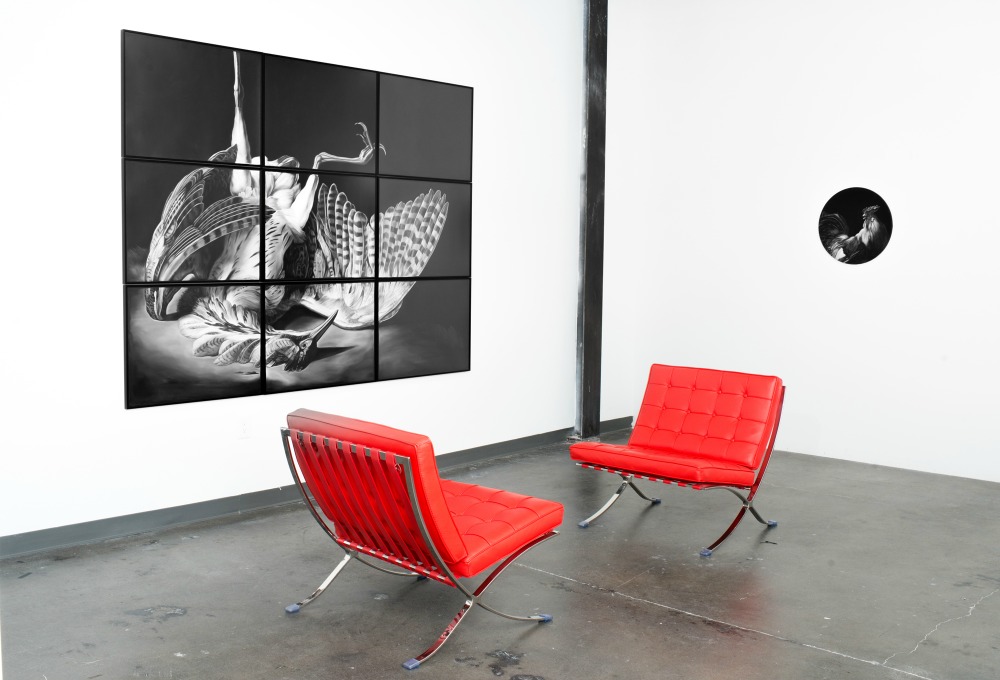By Definition
At some point in the new millennium, the verb ‘curate’ began appearing casually and almost comically in pop culture-speak to describe the selection and organization of just about anything, really… From music festivals to hiking snacks to twitter feeds to cured meats—any type of collection. (Though, who doesn’t enjoy a thoughtful display of cured meats?)
Forbes’ Steven Rosenbaum questions whether the word ‘curate’ is overused or, rather, misused? “Curating used to be a word we only used in museums. Somewhere in the last year, ‘curate’ has morphed into a word people are using anytime they pick something and want it to sound like it’s more than just picking something. Curation,” he writes, “is an editorial process. It’s a mix of art and science. It requires a clear and definable voice, an editorial mission, and an understanding of your audience and community.”
Historically, curators of the late 19th and early 20th centuries were artists, art dealers, and museum directors. In Latin, the word “curar” means “to take care.” The traditional definition of ‘curate’ is the deliberate selection of objects or content which are to be shown to the public in a museum or institution, most typically in the form of art. To ‘curate an exhibit’ is to create a collection of works by the same or different artists that have some commonality for an involved interpretation of the material, for an intended audience.
Many of us who live in or travel to the mountains do so to seek solace or refuge in the natural world, but that doesn’t mean we forsake our desire and need for culture. And the men and women in our mountain towns who “take care” of these cultural experiences and foster these conversations understand the weight of their roles, the impact of their efforts. We spoke with a few select “curators” about their approach and the common ideas at the heart of what they do.
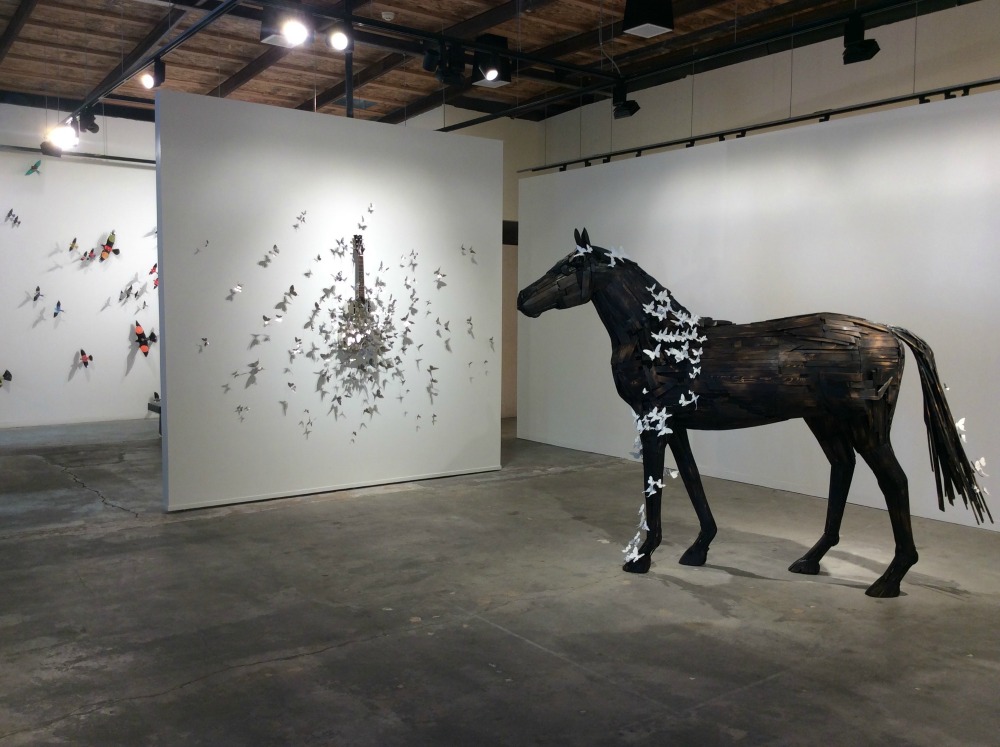
The Theme’s The Thing
What’s the big idea? That’s the question that informs much of what the team at the Sun Valley Center for the Arts does as they curate their programming. Kristin Poole, Artistic Director at The Center, as it’s known locally, works with her staff and with a committee made up of engaged community members to brainstorm questions, curiosities, and itches that need to be scratched. Sometimes the thread they start with is something like, “I miss getting handwritten letters…” That tidbit might start a conversation that delves into the pervasiveness of texting and how that has changed the way we communicate today. And now you have your Big Idea, a multi-disciplinary project centered around “The Lost Art of Letter Writing and Communicating Today.”
Take “Under the Influence of Rock and Roll,” “I Spy: Surveillance and Security,” or “Role Playing: Changing Ideas about Gender” and you’ll get a good sense of the variety of programming that Sun Valley Center for the Arts offers. Each Big Idea project is really an invitation to take part in a conversation about an idea. You might be inspired. You might be provoked. You might be enriched. More likely than not, you’ll be all three of those things and more. This invitation to see something in a new way is at the heart of what The Center does. Poole says, “Essentially we want the art, the theatre, the film, or the lecture to turn you on—to get you wondering about an idea you’ve been mulling. Looking at an idea through different lenses is what art does best, and this model allows our audience to dive in and participate. We hope to engage the whole community in the conversation, whether it’s about bees or bikes, mining or marketplaces.”
Poole and her team understand that different people find different avenues into a conversation. Whether it’s a visual art exhibit, a lecture by a renowned writer or thinker, a play or film, a concert, or a hands-on family day experience, The Center offers participants (or audience members) a way into the conversation. Poole says, “We intentionally develop the Big Ideas through multiple programs in many artistic disciplines so that everyone has an entry point—if you love the theater then that is a way into the conversation. Hopefully that experience will get you interested enough so you grab your friend, your partner, or your child and come see the exhibition or take in the related film. The Big Ideas serve as a way for the community to connect as well as a way for us to discover something new about ourselves or this shared moment in time.”
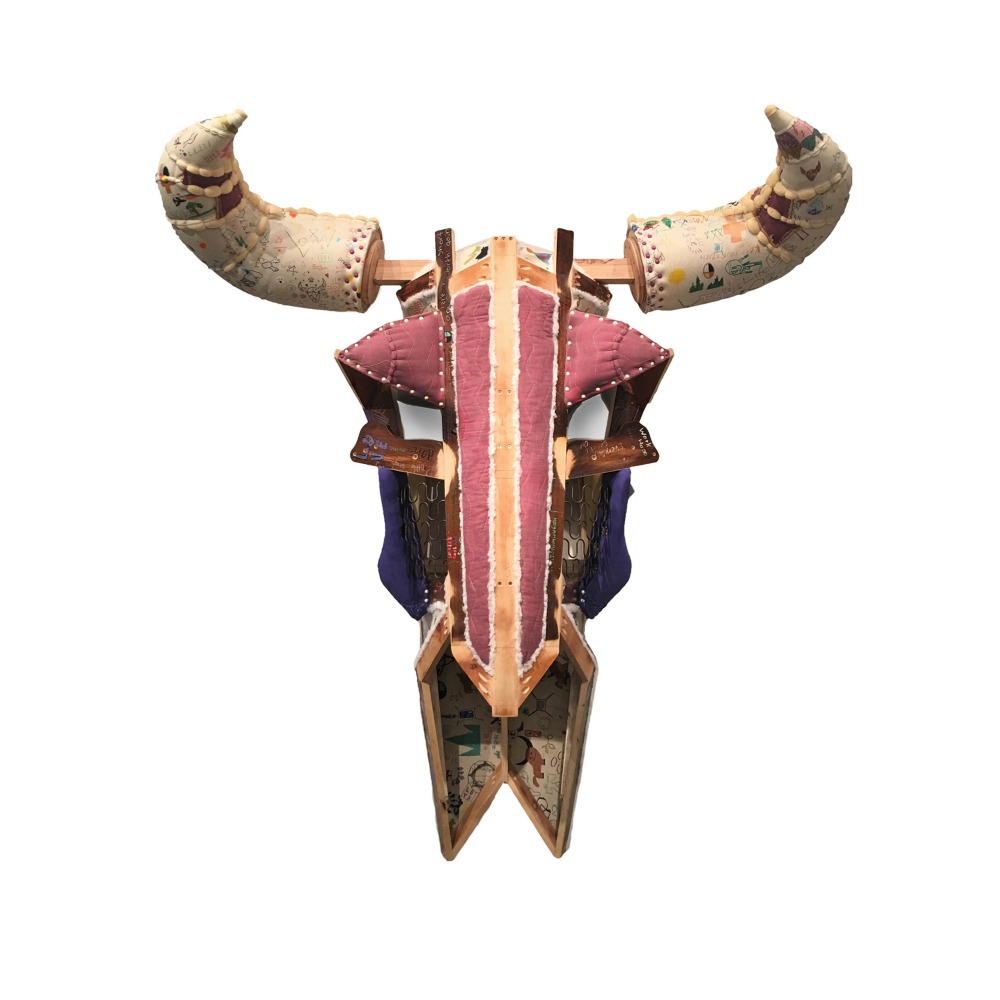
Personality Is Everything
As Goethe said, “Personality is everything in art and poetry.” Well, add curating to the list of things where personality takes a front seat.
A hobbyist turned self-taught art dealer, Albert Sanford, owner of Galerie Maximillian in Aspen, Colorado, began collecting at the age of 16, when he was captivated by mid to late 19th-century European artists while studying abroad in the south of France. With 40 years in the art business, Sanford has dragged himself through the decades and centuries to evolve and grow with the masters. He now includes contemporary artists such as Anish Kapoor, Chris Ofili, and David Hockney, ever-expanding and enriching his collection. Balancing old and new, what is familiar and what people expect with cutting-edge new work, Sanford excels at transforming spaces and perspectives. When curating an exhibit, he continually reinvents the gallery space and his collection. Taking an authentic approach, Sanford looks at art as a collector and asks himself: “Would I hang this on my wall?” And that’s as good a place as any to start the conversation.
Sanford’s gallery is an intersection of the personal and the public—a space where his curiosities and interests take shape and where he can share them with others. “The gallery is my personal playground,” he says. “I travel all over the world and look at thousands of pieces of art every year. I buy what I like, but I also think in terms of quality, relevance, style, and future value.” And for Sanford and others, it’s about what happens when those seemingly disparate pieces come together.
Lissa Ballinger, who serves as the Art Registrar and Curator for Aspen Institute’s art collection and galleries, is also owner and founder of Walnut5 Art Advisory, an Aspen-based business that specializes in art collection management. Ballinger says, “The most masterfully curated exhibitions I have seen are ones in which my impression of the artworks is altered because of the context of the other pieces. A well-curated exhibition can sometimes foster a conversation between the pieces that may not have existed before.”
That transformation happens in the spaces where we—the audience and the curators—let the unexpected in and open ourselves up to whatever may come next.
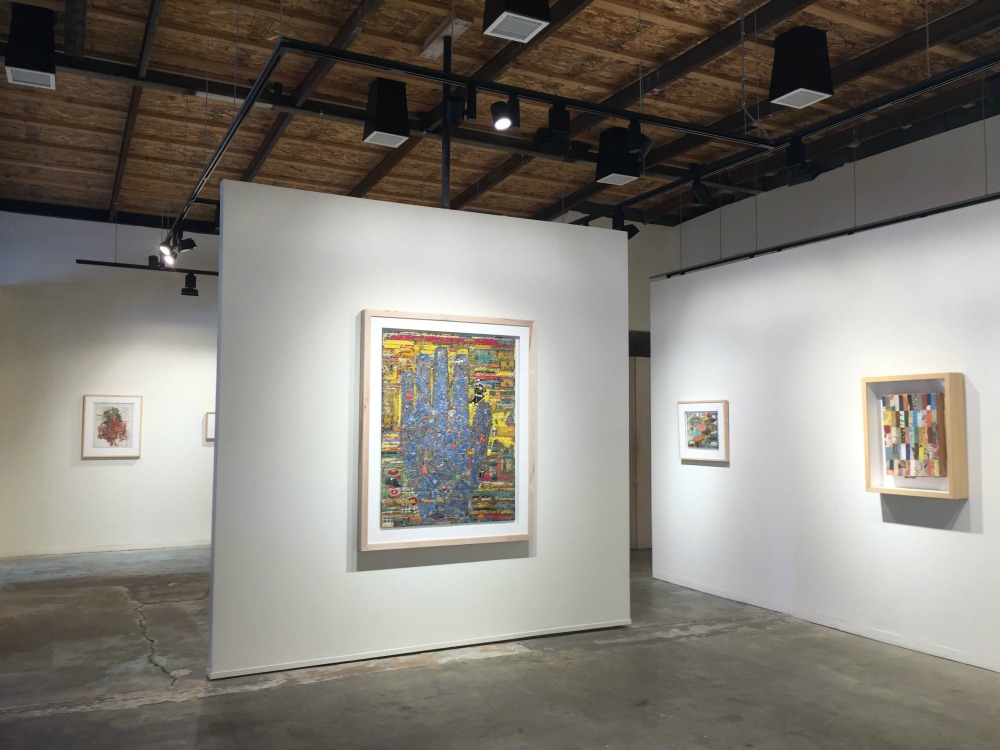
Honor The Artist, Respect The Audience
To be open like that requires a certain amount of trust. For curators, it means respecting the artist and keeping the audience front-of-mind. According to Heidi Zuckerman, Chief Curator and the Nancy and Bob Magoon CEO & Director of Aspen Art Museum, that duo of trust and respect is fundamental to curation. Zuckerman says, “I always privilege the artist’s intention and hope to create circumstances for viewers that make them feel better after seeing one of our shows than they did when they arrived.”
In choosing artwork or an artist for an exhibit, Zuckerman explains, “It comes from a lifetime of looking, married with instinct or intuition. David Hammons/Yves Klein (2014) was an exhibition I curated of two artists I love and whose works are strikingly different and diverse. It was an opportunity to pause and find unexpected commonalities. Hopefully, it allowed their individual practices to be understood in new ways.” In other words, the curator “takes care” to exhibit the work in compelling ways and the audience takes it from there.
Tayloe Piggott, owner of Tayloe Piggott Gallery in Jackson Hole, Wyoming, sees curating as a part of her duty to realize artists’ work and share their art with an engaged and curious public. In the 19 years that she has owned her contemporary art gallery, Piggott has worked with world-renowned artists curating progressive exhibits that come together in purposeful ways. She says, “It’s about how the works within a show talk to one another within that space.” And ultimately, it’s about the impact that work has on those who come to see it. Piggott’s instinct for juxtaposing works in compelling ways, using her eye to find work that will transform her audiences, and all of this is a part of her process of curating.
Piggott’s interests are expansive, and it’s evident when you visit her gallery just off of Jackson’s Town Square. Not only does she curate post-war and contemporary works of art, but she also specializes in jewelry. “We look for alluring designs from the world’s best jewelry designers to showcase in our Jackson gallery,” she says. And curating a jewelry collection is no different than curating for an exhibit or for a home collection—it’s about that transformation. Jewelry is, after all, wearable art that transforms.
Piggott hand-selects work based upon what inspires her. She considers curating an art form and a time to play. “The root of great curating comes from the gut,” she says. “I always set out to honor what the artists have created. During the installation process, there are always thrilling surprises and discoveries. One piece will transform a different piece and take you off on a tangent—then it all comes together,” Piggott says smiling. “To be an art professional means to preserve, safeguard, select, and connect the work to what is relevant today. And, to create an extraordinary experience for the viewer.”
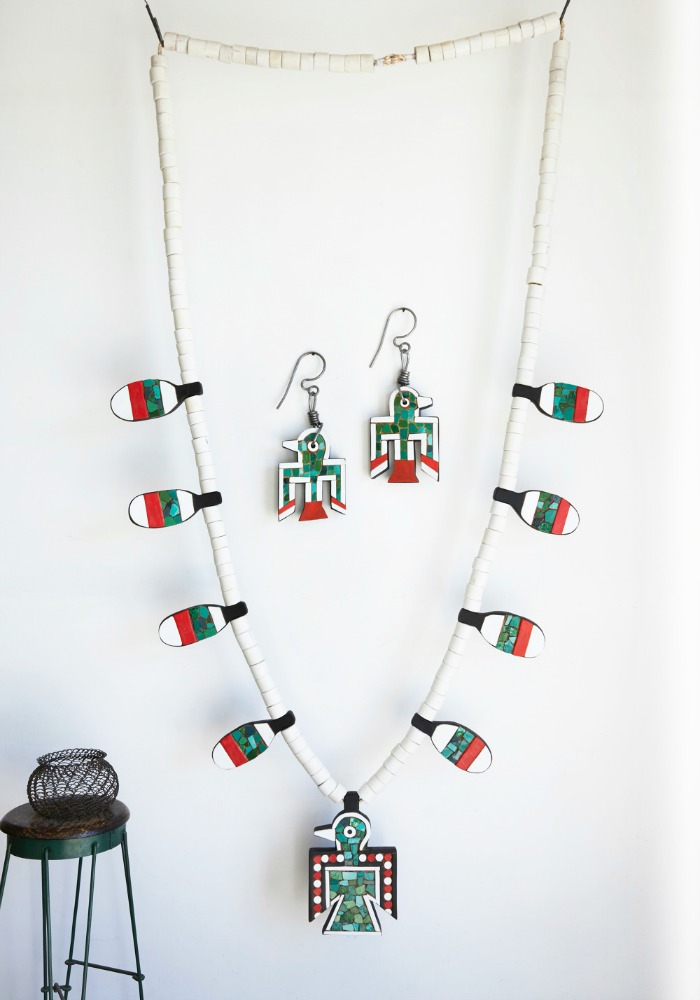
Art Talks
Putting up a show is a journey and as Nikki Todd, owner of Visions West Contemporary (VWC), explains, you have to be willing to go where the work takes you. “It may sound a bit batty, but as a show is going up, you see that certain pieces just want to be next to one another. The work takes on a life of its own and almost asks to be placed.”
With locations throughout the Mountain West region (Livingston and Bozeman, Montana, Denver, Colorado, and Jackson, Wyoming), Todd has built a contemporary art program heavily focused around nature, animals, the environment, and embracing the idea that “the American West is more than just a place—it is a space that occupies the mind—full of legends and ideas.” Audiences come to Todd’s galleries with a strong preconception about what the West means and her shows help expand, shift, and complicate those ideas.
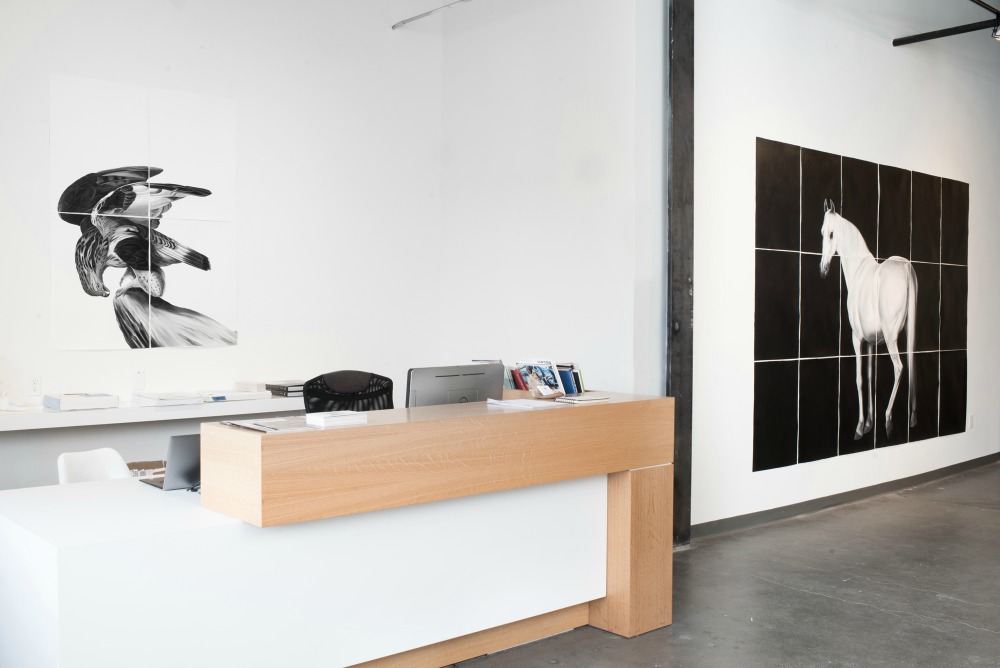
Space + Balance
Visions West Contemporary recently held an exhibition for artist Shelley Reed, a painter who does large-format paintings en grisaille—a completely monochromatic style. Reed’s work starts with moments in history and recontextualizes them. She plays with allusions to European masters but at a distance because of the monochromatic palette. About showing Reed’s work at Visions West, Todd says, “The show was tricky because we had [Reed’s] 57-foot painting and many of her smaller works. It was difficult to find a balance. The large painting had such a big visual impact that it hogged a lot of the attention. So, there are sometimes visual problems to solve in curating.” Todd ended up hanging the large painting on its own, letting it act as a separate show in and of itself. Todd says, “You want each piece to stand out on its own, but to also interact and be part of a bigger whole. A balance needs to be struck. But sometimes rules are meant
to be broken.”
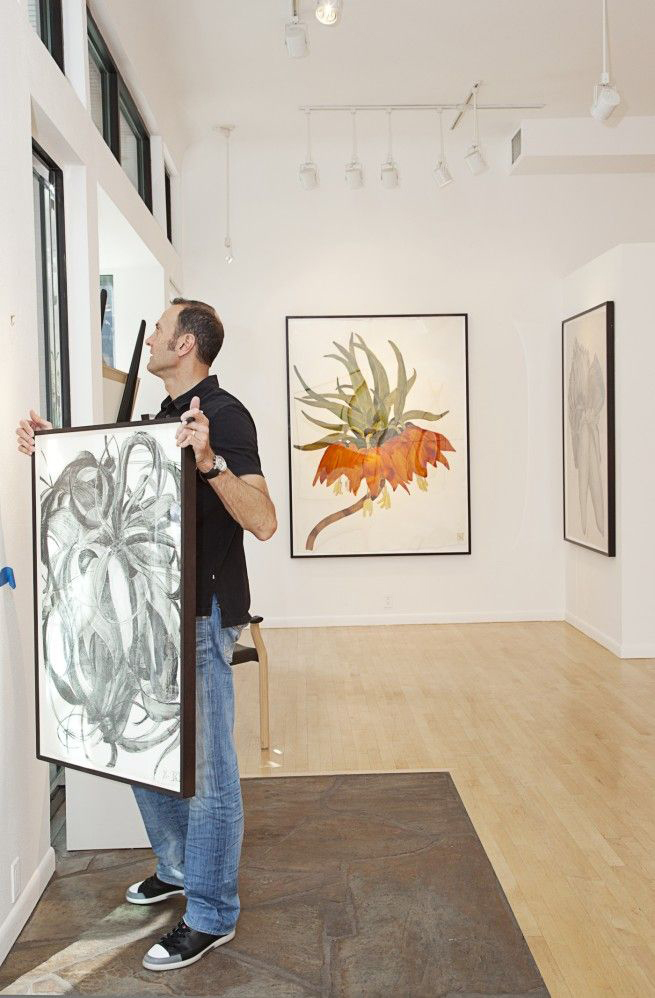
Art + Science = Magic
And, of course, an important part of curating is getting out of the way and letting the magic happen.
Art Critic Jerry Saltz observes that in recent times, art shows can sometimes be “curated to death.” As if every art show must have some larger, more obscure meaning. Saltz’s rule for a curator is “to stop making sense.”
Todd concurs, “It’s an initial gut-level, eureka moment. Sometimes there is a thematic element that ties the work together. Sometimes the work seems to be in harmony and works visually well. Sometimes curating is like math—how do I get all these pieces to connect and work together to add up to something larger? It can be like fitting a puzzle together. And sometimes it’s just that good old magic.” In one VWC show, Todd brought together three artists with no obvious common thread. One of the three artists, Sante Fe, New Mexico-based Mathew Mullins, paints striking Western landscapes overlaid with quilt pattern textiles, while L.A.-based Native American artist, Ishi Glinsky, takes objects from his native culture and then remakes and inflates them to an enormous scale. Think oversized thunderbird necklaces made of colorful melted Fisher-Price toys with roller skate wheels as beads. The third artist, Bryan Christiansen, a native of South Dakota, calls his process “hunting and gathering.” He hunts down old discarded pieces of furniture that he deconstructs and then reconfigures into completely different objects: a sofa becomes a gazelle or a bison head. The artists were included in the same show because of their relevance as Western artists, but the unexpected connection that revealed itself was their use of everyday objects.
It was a lesson in what Saltz says about good curating: “The alchemy amounts to this: Sometimes, placing one work of art near another makes one plus one equal three. Two artworks arranged alchemically leave each intact, transform both, and create a third thing.”




